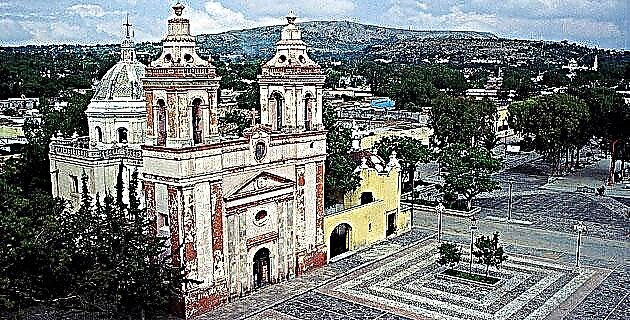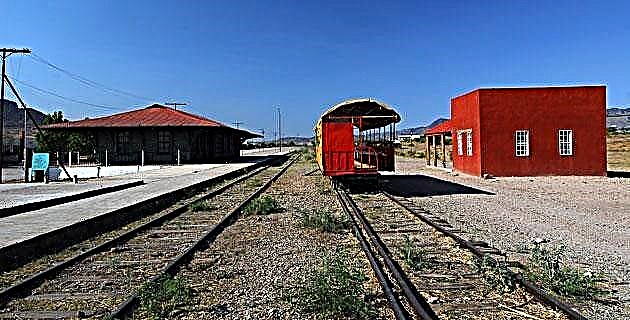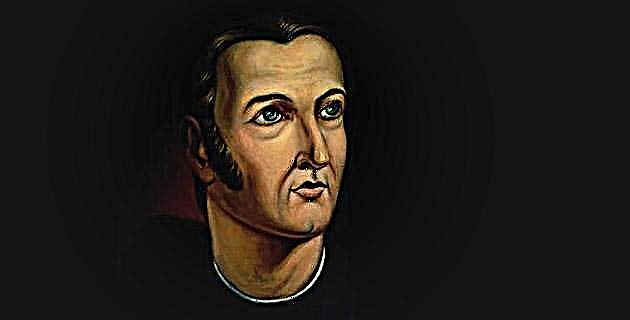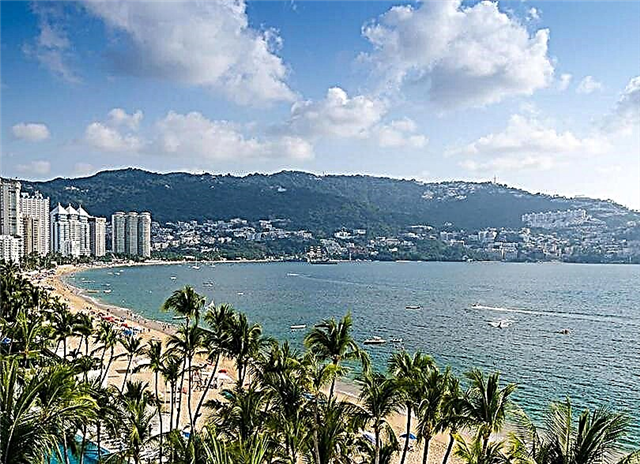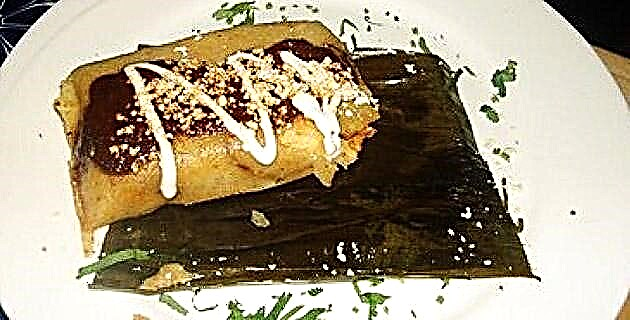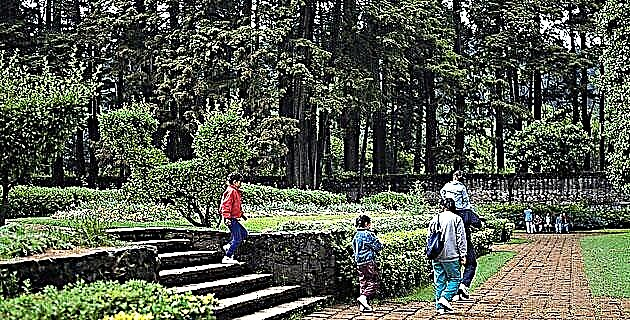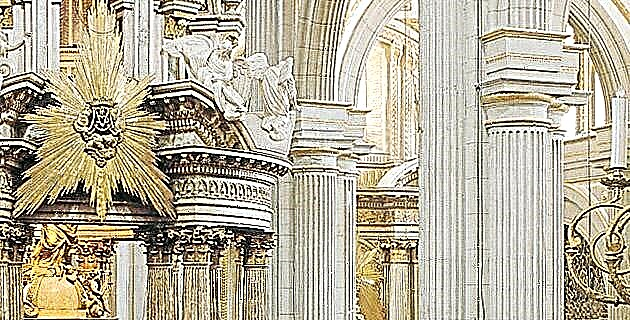
As we walk through the streets of the center of Puebla, we can find, as in other colonial cities in Mexico, some civil constructions with certain decorative elements that attract our attention: we refer to the niches, usually with religious niches.
These urban complements are distinguished by the type of cavity, which can end in a straight or pointed arc, semicircular, and so on. They are adorned with a decoration that can be elaborate or simple, and inside, on a mortar or stone base, they have a representative sculpture -especially of the religious image of a certain saint- that indicates the devotion of the owners or builders.
The niches occupy a very important place in Mexican colonial architecture, and even in contemporary architecture. They have their origin in Spain during the sixteenth century, and with the conquest of the new world they are transferred to these lands together with many elements and artistic styles of the time, which merged with indigenous art, resulting in a unique style, known as art. Mexican colonial.
After the taking of the city of Tenochtitlan, the Spaniards had a free way to extend their rule and found new cities; In the case of Puebla, according to Fernández de Echeverría and Veytia, two foundations were made: the first of them in the Barrio de I Alto on April 16, 1531, and the second, on September 29 of the same year in the Plaza greater, where today the Puebla cathedral is located.
Since its inception, this city became an important commercial and manufacturing seat, as well as being the head of the main agricultural region. Relying on other smaller population centers - as Atlixco, Cholula, Huejotzingo and Tepeaca continue to be today - it became the largest urban nucleus east of Mexico City during and after the Colony, especially due to its strategic location between the capital of New Spain and the main viceregal port.
Thousands of indigenous people (from neighboring towns such as Tlaxcala, Cholula and Calpan) moved to its foundation, who built temporary buildings of wood and adobe for housing and public services, as well as a church. Near the end of the 16th century, approximately 120 blocks of the grid had already been occupied, with an asymmetric arrangement with respect to the center, which forced the indigenous people to abandon their neighborhoods and move to the periphery of the city; However, due to rapid urban growth, some Spaniards found themselves in the need to live in these neighborhoods, which ended up becoming an integral part of the city.
Puebla's urban growth was uneven. During the sixteenth century, considered the founding period, a regular expansion took place from the initial nucleus, and growth was slow and stable. On the other hand, in the seventeenth and eighteenth centuries, growth accelerated, flourishing the second city of the viceroyalty, in terms of production, culture and trade. It is in this last century when the Spanish center will reach the indigenous neighborhoods.
Throughout the nineteenth century, growth was uneven due in part to the plagues and floods of previous centuries, but also to the various wars and sieges that the city suffered. However, its rate of expansion increased again from the fourth decade of the current century, when numerous modern buildings were built in most of the center of the Puebla city. It is in some of these buildings that replaced the old colonial buildings where we find most of the niches, rescuing the sculptures on the facades and incorporating them into their new places. Thus, this architectural element has transcended the Mexican taste, making it possible for us to still admire it today.
Background
The origin of the niche can be located in the early sixteenth century, when all the artistic manifestations in the old world were inspired by the Catholic religion. For the people of that time it was very important to demonstrate their devotion to others, and one way to do it was through the niches on the facades of the houses. The Renaissance also began at this time, taking as models the Greek and Roman styles, manifesting itself in all cultural aspects, especially in sculpture, painting and architecture. It is quite possible that the niches are an extension of the altarpieces of the churches. In the first we can see two kinds of religious representation: painting and sculpture. Some niches only have a representation in high relief, without a hole, which replaces the painting of the altarpieces or symbolizes the central figure of the same. However, we can consider that they have an independent personality or value, unlike the altarpieces.
Development
As for the artistic expressions of the niches, a stylistic evolution developed during the Colony is observed in them. Throughout the 16th century, they presented a Gothic style, manifested mainly in stone, quarry and carving. In the seventeenth century there is no great change, but slowly a baroque style is introduced from Spain; The best examples of the sculpture are produced at the end of this century, using an expressive naturalistic style. By the 18th century, sculpture was subjected to architecture, and the Baroque and its Mexican variant known as Churrigueresque entered their greatest apogee. It is at the end of this century when neoclassicism arises and most of the Puebla niches are created.
Description
Two of the most important niches in this city can be seen at the crossroads between 11 Norte streets and Reforma avenue, one of the main accesses to the historic center. Previously, Reforma Avenue was known as Guadalupe Street, a name received from the construction of the Church of Our Lady of Guadalupe, at the beginning of the 18th century. During that time a small bridge existed there that served to cross the spill of the eye of San Pablo, but around 1807 it was decided to change the course of the sulphurous water and it was removed. On the north side of this corner, in a building built in the 1940s, we can see one of the most beautiful niches in the city. It is a representation of the Virgin of Guadalupe made in high relief, framed by a pair of profusely decorated pilasters; It is supported by a two-sided base covered by Talavera mosaics and topped by a unique battlement. It is very probable that the choice of this image was influenced by the name of Guadalupe that the street had. On the south sidewalk, opposite the previous one, in a building from the same period, a niche was built inside which the sculpture of the Archangel Saint Michael was placed, carrying the characteristic flaming sword in his right hand. The opening is ogival in shape and is topped by a pyramidal battlement; the entire element is painted white, lacking ornamentation. At the intersection of Avenida Manuel Ávila Camacho and Calle 4 Norte, we come across a couple of niches with a style very similar to the previous ones. The first one is located in the corner of a two-story building. whose façade was covered with bricks and mosaics from Talavera, very much in the Puebla style. The niche is simple; It also has an ogival shape and is painted white, without any decoration: the main figure is a medium-sized sculpture of San Felipe Neri.
Manuel Ávila Camacho avenue previously had two names: first, since January 1864, it was called Ias Jarcierías street, a word of Greek origin that means: “rigging and ropes of a ship”. In Puebla, jarciería is taken in the sense of “cordelería”, due to the diverse businesses of this merchandise existing in the city towards the beginning of the last century. Later, the street was named City Hall Avenue.
Regarding Calle 4 Norte, its previous name was Calle de Echeverría, because the owners of the houses in this block at the beginning of the 18th century (1703 and 1705) cite Captain Sebastián de Chavarría (or Echeverría) and Orcolaga, who was mayor in 1705, as well as his brother General Pedro Echeverría y Orcolaga, ordinary mayor in 1708 and 1722.
The other niche is located in the next corner, in a neoclassical style construction. Unlike the characteristic cavity where the main figure is placed, in it we see the image of the Holy Cross made in high relief, framed by a truncated pediment. At its base we can see a unique decoration, and on both sides, the heads of four lions. Continuing on the same street 4 Norte and corner 8 Oriente, we find a four-story building built in the middle of this century, where there was a large ogival-shaped niche, framed by a pair of radiated pilasters, in which we can appreciate the sculpture of Saint Louis, King of France; under the niche is the representation of two angels playing musical instruments; the whole scene ends in a truncated pediment.
Again on Calle 4 Norte, but this time on the corner of Calle 10 Oriente (formerly Chihuahua), another niche belonging to a two-story house built at the beginning of the century is located. As a decorative element, we contemplate the sculpture of the Virgin of Guadalupe with the baby Jesus on the left arm; the opening where it is found is ogival in shape, and the whole scene is recreated with simplicity.
We do not know for the moment who were the authors of such beautiful sculptures, but we can affirm that they are true artists (Spanish or indigenous) who lived in the neighboring towns of the city of Puebla, very important places that have been distinguished by their elaborate art. colonial, as is the case of Atlixco, HuaquechuIa, Huejotzingo and Calpan, among others.
The niches described are just some examples of the many architectural elements of this type that we can see in the beautiful capital of Puebla. We hope that they do not go unnoticed and that they receive due attention in the study of the history of colonial art in Mexico.
Source: Mexico in Time No. 9 October-November 1995

